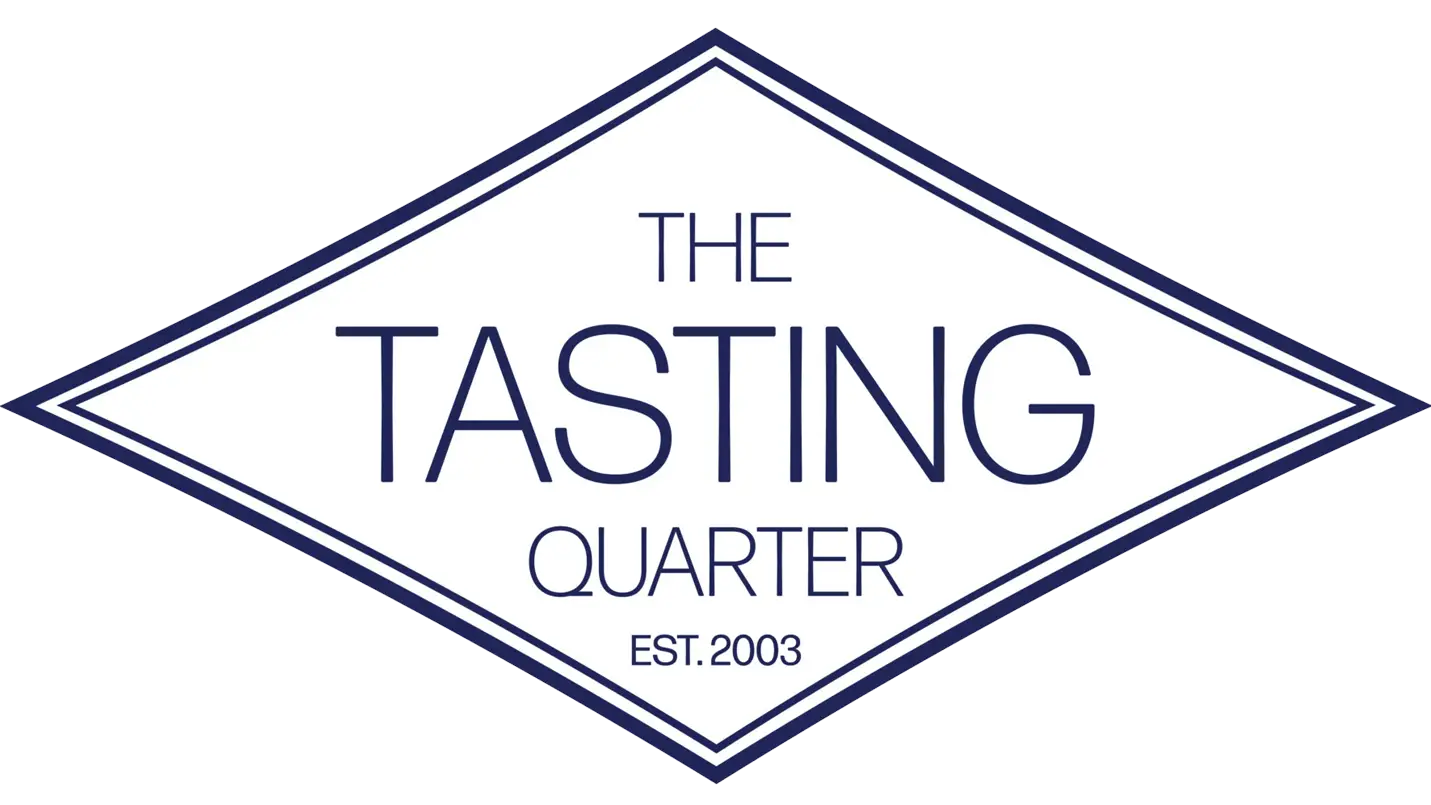As we’re mad about honey, we thought the time was ripe for a short article running through some key honey facts and types:
Fact 1: When bees have access to one particular type of flower (e.g. clover, heather, buckwheat) they produce honey reminiscent of that flower in flavour.
Fact 2: It’s extremely difficult to grow organic honey in Europe because the bee’s flying distance (up to 3 miles) means it will almost certainly be in range of traditional agriculture (where fertilizers and the like are used).
Honey is responsible for a positive smorgasbord of flavours and styles. When you consider in the USA alone there are over 300 floral sources, you begin to get an idea of what’s out there.
Honey can be monofloral, polyfloral or blended. Monofloral means your bees are sticking to one flower (e.g. orange blossom). Polyfloral, that the bees will visit lots of different types of flower (also known as wildflower honey). Blended honey is a mixture of two or more honeys (and as you might have guessed, the big brands are almost all blended).
Some honeys are best for pouring, some for spreading. As with wine, certain honeys work particularly well with certain foods.
Below are (arguably) the best known honeys and food recommendations for them. As you’ll see, the darker coloured honeys generally have the stronger, more marked flavours.
ACACIA – pale and delicately flavoured. Works brilliantly as a sweetener for drinks. Also works well with Ricotta cheese.
CLOVER – clear, light and straw yellow. Good for basting hams.
EUCALYPTUS – dark amber to grey in colour, with a light spicy edge and an almost peppermint-like flavour. We love this in yoghurt.
HEATHER – strongly floral, with a dark toffee scent. Born for porridge and cream.
LAVENDER – floral with the lightest dusting of spice – goes very well with good vanilla ice cream or pear tart.
MANUKA – get the genuine stuff and you’ll find it almost treacle like in colour and very characterful indeed, tasting almost like an earthy black treacle. We’ve found it partners well with bitter chocolate.
ORANGE BLOSSOM – tastes (unsurprisingly) of oranges! This (and rosewater) in fruit salad is a match made in heaven.
THYME – an often intensely flavoured honey, with a herbaceous quality – works well in meat based marinades.
Oh, and if you’d like to get to know honey better, email us for more information on The Epicurean, our food tasting game.


